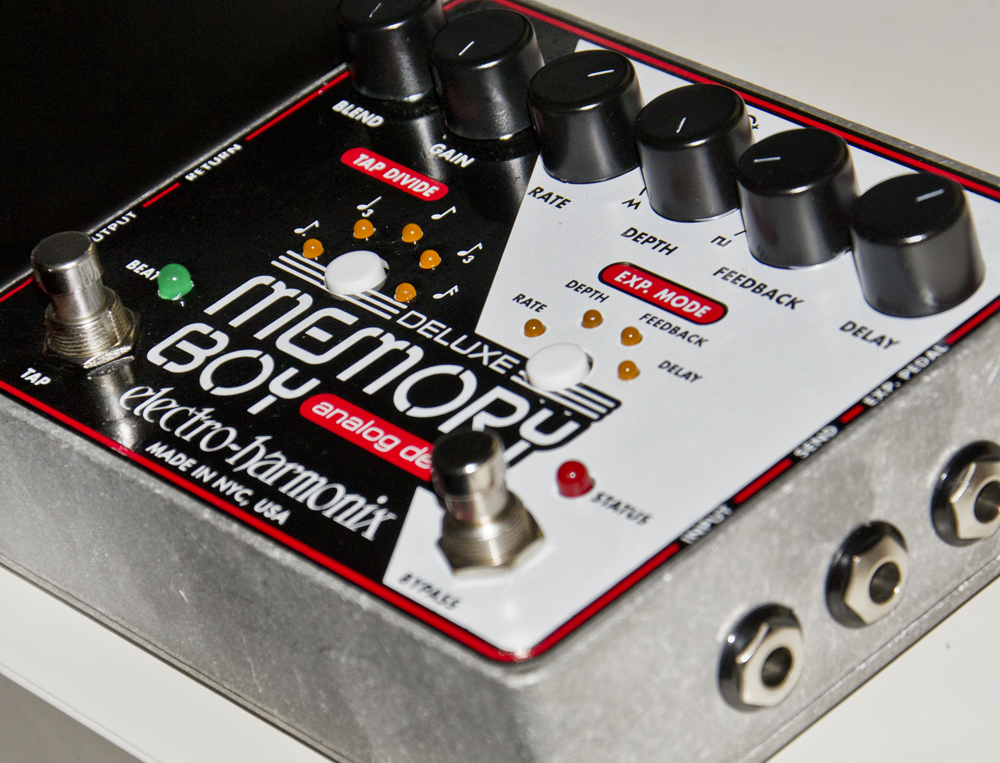 Hi mates, and welcome to the "Chapter Zero" of this new production by Molen.
Hi mates, and welcome to the "Chapter Zero" of this new production by Molen.Let me introduce you my friend Rudy Saitta, very talented young singer and songwriter from my own town. To tell the truth he is Sicilian, but he moved here in the north when he was a child. He attends the course in pop music at the Conservatory of Music of Cuneo and that's where I met him first.
A few days ago, in collaboration with the independent label Ænima Recordings, I decided to start working on the full production (arrangement, recording, post-production, mastering and videoclip) of the next single by Rudy.
 He came to me with a handful of songs recorded crudely with just guitar and vocals, so that I could decide, without being distracted by different sounds or arrangements, which of these was the one with the most potential.
He came to me with a handful of songs recorded crudely with just guitar and vocals, so that I could decide, without being distracted by different sounds or arrangements, which of these was the one with the most potential.I chose the one that convinced me more and today we started working on it.
 First step: structure. We built a quick midi guitar guide and set up a list of markers to divide the whole song in sections.
First step: structure. We built a quick midi guitar guide and set up a list of markers to divide the whole song in sections.Second step: vocal guide. I made Rudy record a rough vocal line so that I'll have a voice track to use as a reference when I work on the arrangement of the song.
I recorded this track using an SE Z5600A (tube condenser microphone) and an Audient ASP008 as a pre-amp.
That's all for today. Stay tuned and check out for next updates!



